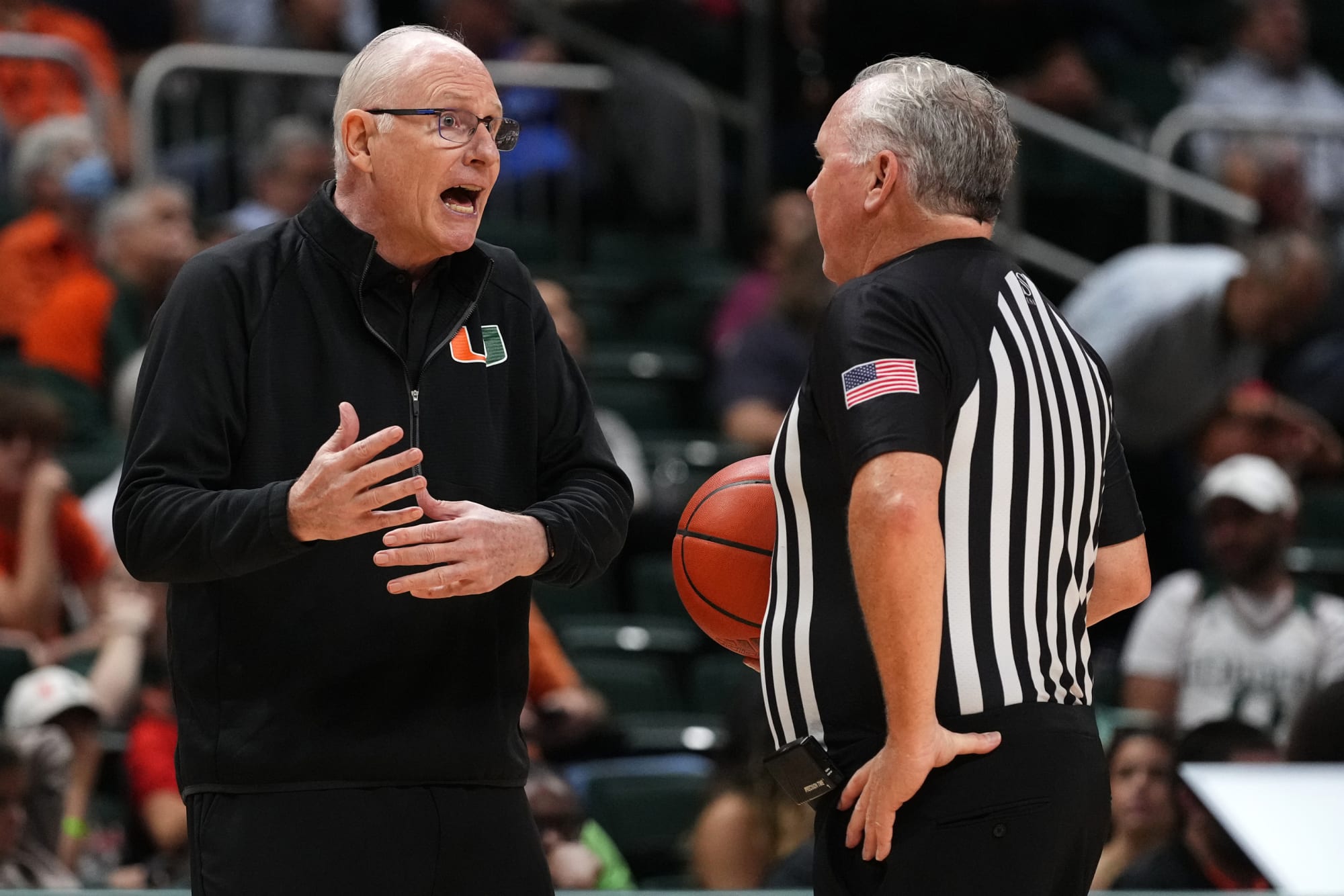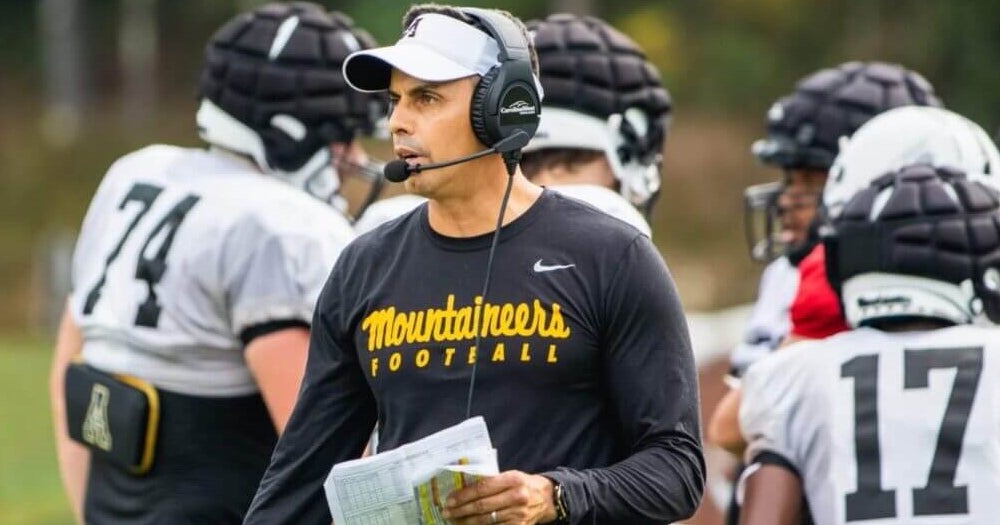The Miami Dolphins need a counterpunch. Here’s what it could be
Twelve weeks into the season, the Miami Dolphins looked like one of the best offenses in the NFL under first-year head coach Mike McDaniel. Quarterback Tua Tagovailoa led the NFL in expected points added (EPA) per play and the Dolphins averaged 39 points and 447 offensive yards per game when Tagovailoa was under center. It was smooth sailing in South Beach as the Dolphins cruised to an 8-3 record and the top of the AFC East.
Then, choppy waters emerged in Week 13 and continued through Week 14. The San Francisco 49ers and the Los Angeles Chargers thwarted the Dolphins in consecutive weeks and dealt Miami its first two losses since Tagovailoa returned from a concussion.
McDaniel’s squad scored just 34 combined points over the past two weeks and averaged only 263 yards while Tagovailoa looked befuddled behind the line of scrimmage. His accuracy and efficiency evaporated as he completed only 45.9 percent of his passing attempts for 440 yards, three touchdowns and two interceptions and also ranked last in EPA/play among quarterbacks with at least 50 plays during that stretch.
49ers defensive coordinator DeMeco Ryans and Chargers head coach Brandon Staley effectively solved the main tenor of the Dolphins’ offense for the rest of the league and knocked Miami off its axis. So now, McDaniel needs to develop a new strategy. A counterpunch to the defensive move laid by the 49ers and Chargers. The Dolphins are still in good shape for a playoff berth, but they’ll need to become more varied if they want to make a run at a Super Bowl.
“The defenses we’ve played have been playing exactly what we expected them to play, what they put on film,” Tagovailoa said of the past two opponents. “It really just goes back to the details of how we play our offense and we’re not all dialed in with that. So, we have to go back to the drawing board, figure this out, and got to keep from losing. I mean, it sucks.”
Why have the Dolphins struggled the past two weeks?
Tagovailoa can say the Dolphins knew what they’d face defensively these past two weeks, but it worked flawlessly. Both the 49ers and Chargers did two things to stymie Miami’s offense: They took away the intermediate middle of the field (10-19 yards) and played a lot of press-man coverage to jam Miami’s wide receivers at the line of scrimmage to throw off the timing of their routes.
Those two moves, in concert, helped force Tagovailoa out of rhythm where he’d throw passes he shouldn’t or be forced to scramble when his reads weren’t available. Even when the Dolphins used motion in an effort to confuse the defense, the windows were open because the middle of the field was crowded.
A quick juxtaposition of how that defensive strategy worked: Tagovailoa had completed a league-leading 38 passes to the intermediate area of the field prior to Week 13, according to NextGen Stats. But over the past two games, Tagovailoa completed just two such passes in each game. That translated almost seamlessly to the team’s efficiency: The Dolphins’ EPA/play dropped from 0.129 from Weeks 1-12 (fourth in the NFL) to -0.128 in Weeks 13 and 14 (26th).
“They got us off their rhythm,” wideout Jaylen Waddle said after the Chargers game. “They had a good game plan [and] stuck to it. They were giving us a lot of different looks, bringing a lot of exotic pressures.”
Teams had mostly used zone coverage against the Dolphins before Week 13, and for obvious reasons: Waddle and fellow receiver Tyreek Hill are among the best and fastest pass-catchers in the league. But the 49ers and Chargers didn’t do that. To blunt Miami’s speed, San Francisco used press coverage on 45.8 percent of their defensive snaps against Miami, according to Tru Media via CBS Sports. Los Angeles did something similar and played press on all but five snaps, according to FiveThirtyEight.
“When you let fast guys run down the field, with as fast as they are, and you let them run through zones with no one around, then it’s going to turn into a track meet,” Staley said after the game. “Guess what, you’re not as fast as they are. No one is. That’s why you see them do to people what they do because they’re really, really good. If you want a chance, you have to get closer to them.”
That worked, too. While Hill still finished with 13 receptions for 227 yards and two touchdowns over the past two weeks, Waddle caught just three passes for 40 yards during that stretch. The Dolphins’ third-leading receiver since Week 13 is Trent Sherfield, who caught one 75-yard touchdown against the 49ers.
Don’t confuse the 49ers and Chargers or being copy-and-paste versions of each other, though. Staley pointed out that “their gameplan was completely different from ours” and that the 49ers defense “structurally, it’s not even close to being the same” because of how the 49ers use their linebackers in the pass rush.
Here’s how Miami can counter
The easiest solution to the Dolphins’ issues is to just do the opposite of what they’re currently doing. (Hey, it worked for George Costanza on “Seinfeld.”)
Tagovailoa ranks first and 10th in percentage of intermediate and deep passing attempts, respectively, according to Pro Football Focus. It’s the Dolphins’ bread and butter — and it works when you have Hill and Waddle who can find gaps in the defense or go over the top. Meanwhile, Tagovailoa ranks 33rd in percentage of passes short (0-9 yards) or behind the line of scrimmage, and 28th in percentage of screen passes.
He also throws inside the numbers 70 percent of the time, which is a huge departure from the other top quarterbacks in the league. The likes of Jalen Hurts, Patrick Mahomes and Josh Allen (who all have similar efficiency numbers as Tagovailoa) are around 50-50 between throws inside.
So the simplest solution for McDaniel is to scheme shorter routes for his pass catchers that either get them the ball in space — which is what Kyle Shanahan, McDaniel’s old boss, loves to do with the 49ers — and/or target the sidelines. The key here, too, is to get the ball out quickly, especially when you’re throwing underneath or short. This also helps solve the press man problem at times because the Dolphins wouldn’t rely on timing and defensive shifts.
This is, however, a lot easier said than done, especially when your entire gameplan is built on the strategy that worked for the previous eight games where Tagovailoa started finished the game.
The other part is that the Dolphins need to get the running game back on track. McDaniel was the 49ers’ run game coordinator before Shanahan promoted him to offensive coordinator in 2021 and helped San Francisco deploy one of the most effective rushing offenses in the league.
Miami, though, ranks 31st in rushing attempts and 22nd in rushing yards per attempt, and is one of five teams that averages fewer than 100 rushing yards per game. Failing to establish the run helps breed issues on offense that can’t always be solved by scheming up open windows for pass-catchers.
Part of that is on the personnel — the Dolphins’ leading rusher, Raheem Mostert, is averaging his fewest yards per rush and Jeff Wilson Jr. joined the team in November in a midseason trade. Miami’s running backs also aren’t receiving threats out of the backfield; Mostert ranks 35th in targets and 41st in receptions among running backs. Wilson has just six receptions on 15 targets in five games with the Dolphins, while Chase Edmonds had 10 receptions on 17 targets in eight games before he was traded to the Denver Broncos.
Dolphins won’t have much margin for error here
We’re about to find out two things about the Dolphins in the coming weeks: Is there another level to McDaniel’s smarts, and can Tagovailoa succeed outside of a perfectly curated system? Both have the requisite skills to answer that question in the affirmative, but the past two weeks prompt some skepticism.
McDaniel later claimed part of the problem for the Dolphins was that players were “playing outside of the scheme to a degree to try to make plays.” Whether or not that’s true doesn’t change the fact they didn’t execute. That warrants an adjustment.
The Dolphins won’t get a breather to figure it out, either. Miami faces the Buffalo Bills, the New England Patriots and the New York Jets in the final four weeks — defenses that rank in seventh or better according to Football Outsiders’ DVOA metric. And all three AFC East foes are competing with the Dolphins for playoff spots.
“I think it’s been a very, very valuable experience going against, specifically the last two weeks, some playoff-caliber teams and whether or not that benefits us moving forward is for the team to determine,” McDaniel said on Monday. “Do you learn from it? That’s the hardest part about professional sports.”


